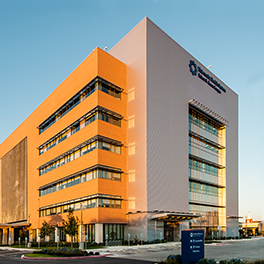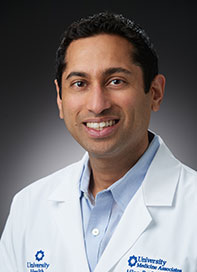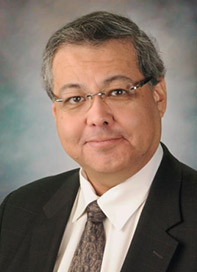Urology Testing & Diagnosis
After talking with our urology specialist about your medical history and going through a physical exam, your provider may recommend additional testing to pinpoint your urological condition and work with you to find the best treatment plan for you.
Urologic Tests We Offer
Because of our access to advanced technology and testing, we offer a wide range of tests, including:
- Bladder ultrasound: This is a two-part test — one ultrasound is performed when you have a full bladder, and the second ultrasound is performed after you empty your bladder to check how well it drained.
- Cystoscopy: A hollow tube with a tiny camera is used to examine your urethra and the lining of your bladder.
- Digital rectal exam: The doctor will insert a lubricated, gloved finger into your rectum to locate abnormalities and examine a man's prostrate or a woman's reproductive organs.
- Fluoroscopy: Specialized X-ray procedures involving injection of radiographic contrast are performed to better visualize the urethra, bladder, ureters and kidneys. This test is primarily performed in an operating room.
- Transrectal Ultrasound: This test utilizes sound waves to create images of the prostate gland and surrounding tissues in men.
Lab tests and diagnostics
- Prostate-specific antigen (PSA) test: This is a blood test used to check for prostate cancer.
- Transrectal ultrasound (TRUS) guided biopsy: An ultrasound probe and tiny needle are used to take a biopsy of the prostate through the rectum.
- UroCuff test: This non-invasive diagnostic tool is used to further evaluate bladder function and pressure and urine flow.



